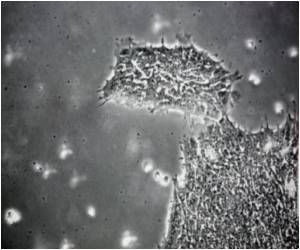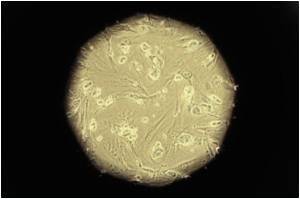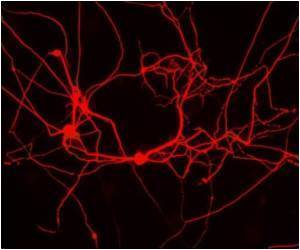
By using a unique stretchy surface that allows the cells to pull on it, the researchers were able to increase cell production by three times.
"Our research has, for the first time, successfully demonstrated that physical forces created by elasticity play a key role in blood-forming cell growth and may mimic the environment of stem cells inside our body. What we've discovered is that blood-forming stem cells like it to be super stretchy because, like a cat on a sofa, they like to pull on their environment," said Centenary Institute Head of Gene and Stem Cell Therapy Professor John Rasko.
Dr Jeff Holst combined routinely used cell hormones with a new elastic-like substance called tropoelastin and coated them on the plates on which the cells were grown.
The combination of the two produced a super effect with the researchers finding they could create two or three times the number of stem cells than using standard methods on their own.
These findings could be good news for people who receive life-saving stem cell transplants (bone marrow and cord blood transplants) to treat diseased, damaged or faulty stem cells caused by various conditions or treatments such as leukaemia or chemotherapy.
Advertisement
The findings are published today in the leading biotechnology journal Nature Biotechnology.
Advertisement












